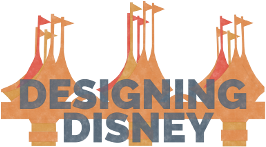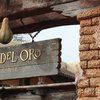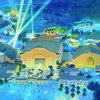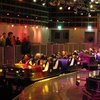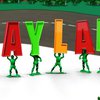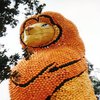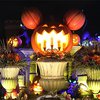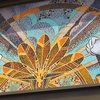Designing Hollywood Boulevard - Walt Disney Studios Park
You ought to be in the pictures. Wait a minute, you are! 'Lights, Camera, Action!' Get ready to live the magic of the Hollywood dream as we walk down 'Hollywood Boulevard' (Walt Disney Studios Park, Paris), past Hollywood icons & legends inspired by the most famous facades ever filmed.
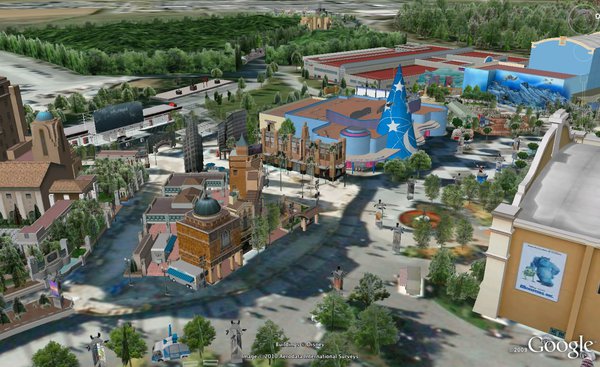
Unlike the nighttime boulevard of Disney Studio 1, which features a collection of simpler indoor facades from across 50 years, the detailed sets on the 'Hollywood Boulevard' remain within one, single, time frame: the 1950's. This puts the street set at around 11+ years following the closure of The Hollywood Tower Hotel behind.
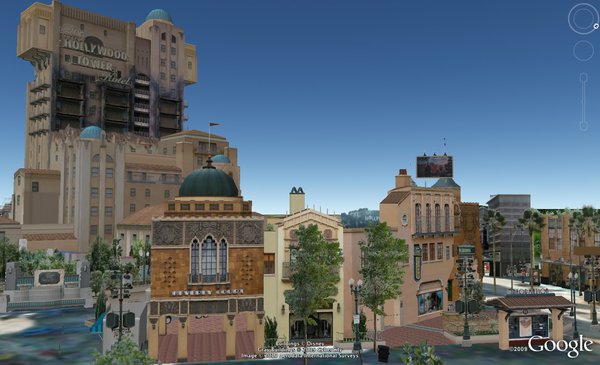
Come and follow us! Together, we will discover Walt Disney Imagineering's tribute to Tinseltown's greatest architecture, from the more exotic Pueblo buildings surrounding the Pueblo Deco Hollywood Tower Hotel to the to the skyscraper Art Deco of the First National Bank Building.
The Chapman Market
3465 West Sixth Street.
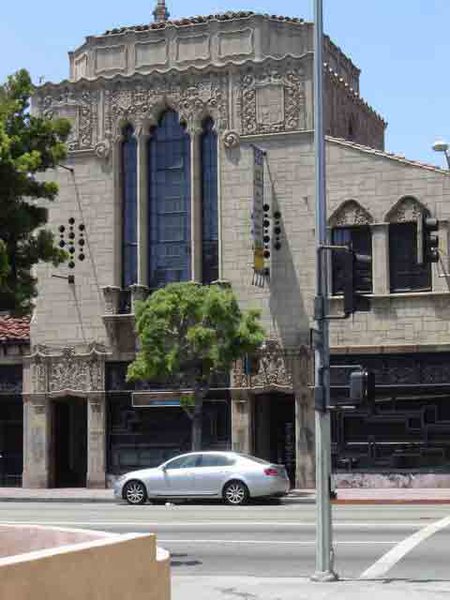
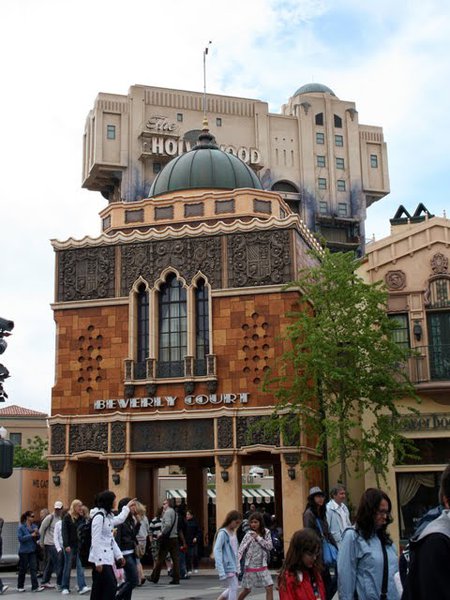
The Chapman Market is an architecturally stunning shopping emporium at S. Alexandria Avenue and W. Sixth Street developed by Charles Chapman in 1929. It is representative of the Spanish Revival architecture popular in that era.
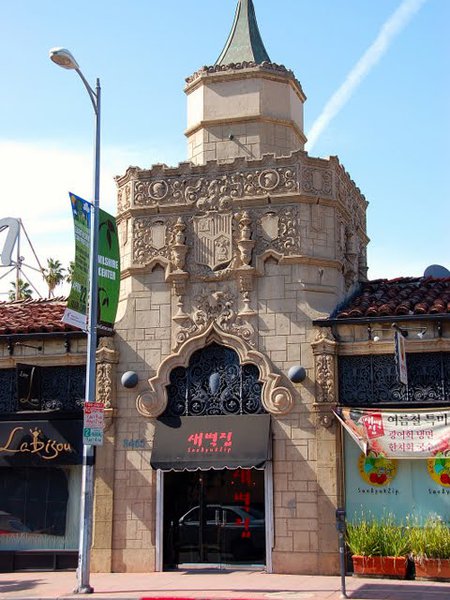
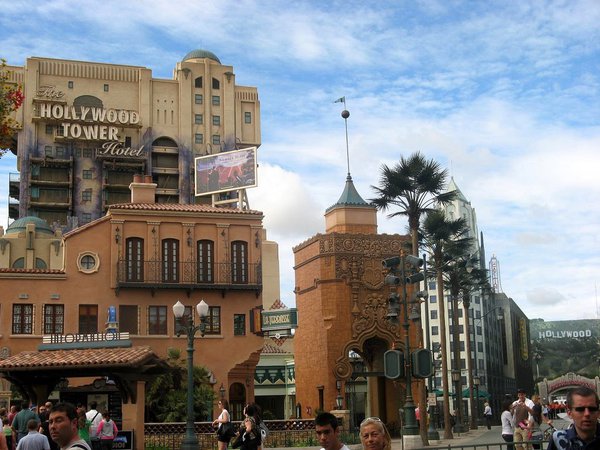
In the Thirties, the Chapman Market drew motorcars to the world's first drive-through grocery store.
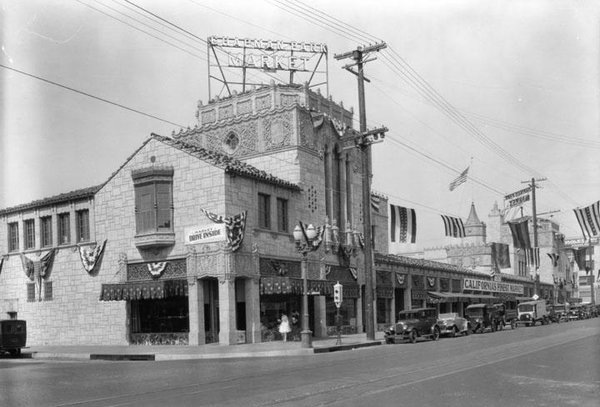
Today the complex contains many up scale retailers that line its interior cobblestone courtyard.
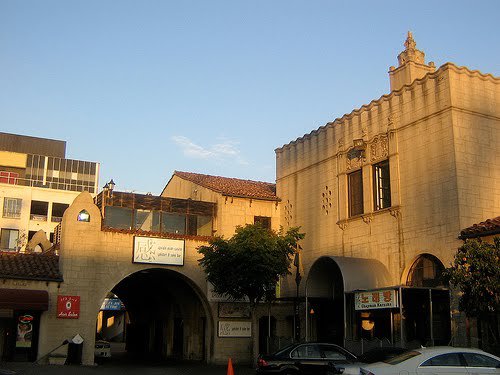
Several restaurants, a coffee shop, fusion cafe & bar/music studio, hair salon, nightlife hangouts and clothing shops (including a premium denim retailer) round out the list of tenants.
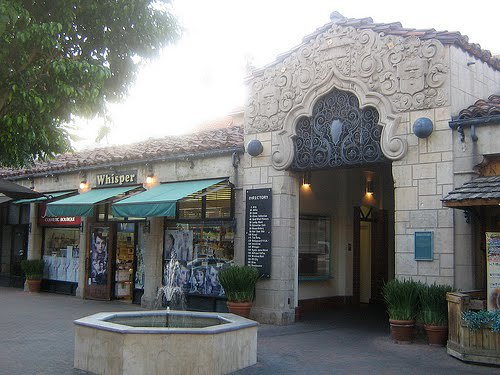
Like all of the buildings on this corner of the boulevard, the Spanish Revival architecture makes it a good companion for the Pueblo Deco Tower of Terror behind.
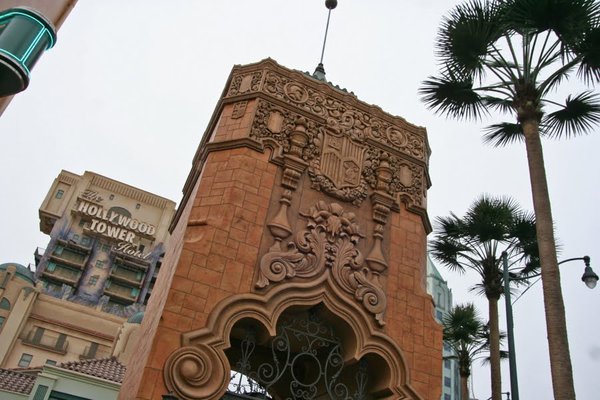
The Baine Building
6601 Hollywood Boulevard.
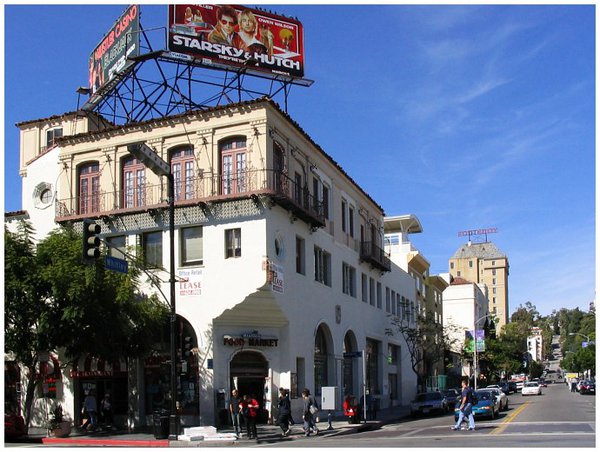
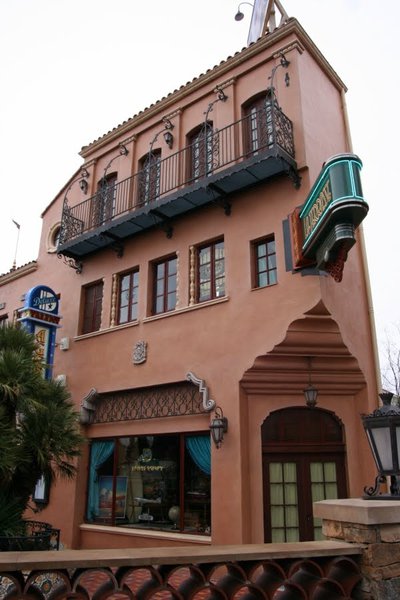
The Baine Building is named after its property developer, Harry M. Baine. Col. Baine was a prominent businessman who served as Los Angeles County supervisor.
Today, the building houses a food court. Offices are located on the first and second floor.
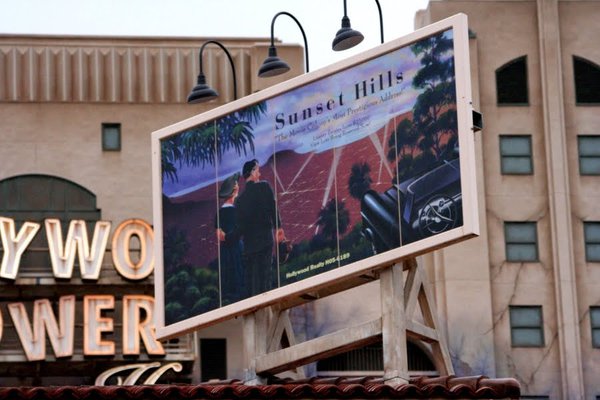
One of the windows of the Baine Building at the Walt Disney Studios Park has been dedicated to Laurel Canyon, a canyon neighborhood of Los Angeles.
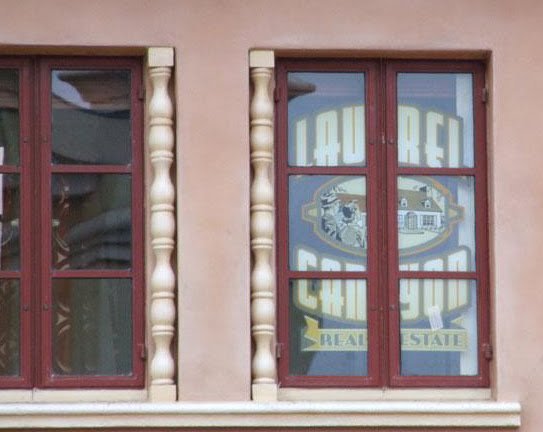
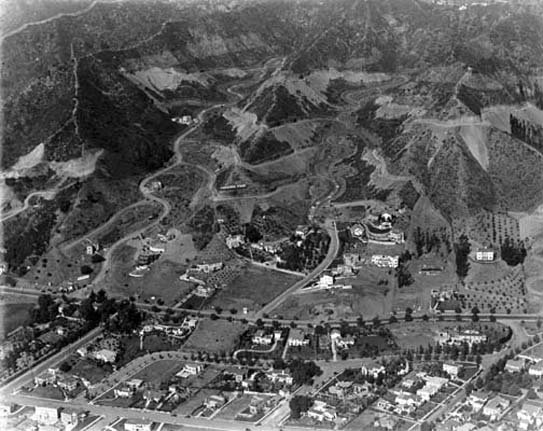
It was first developed in the 1910's, and became a part of the city in 1923.
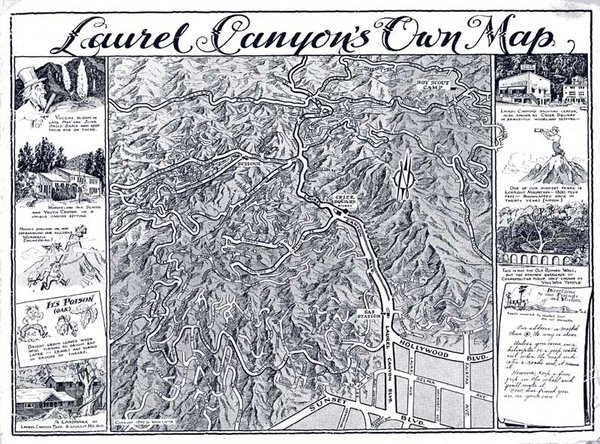
The First National Bank
6777 Hollywood Boulevard.
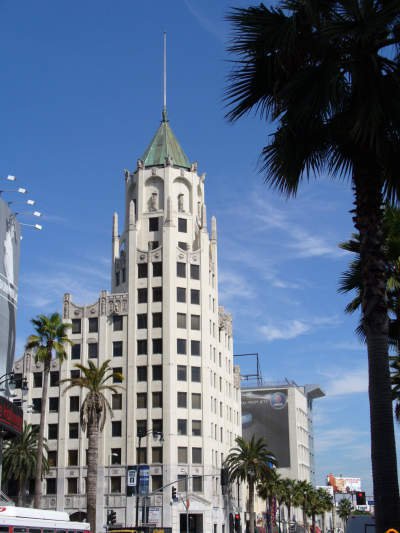
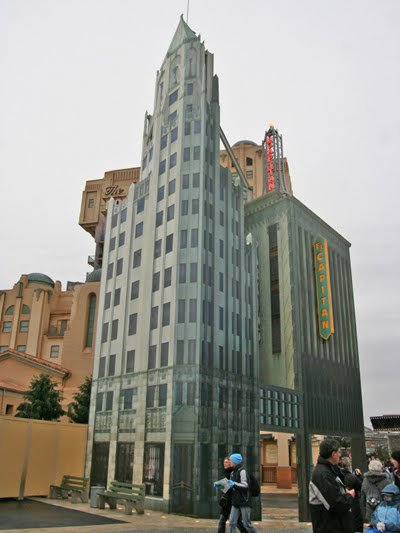
The First National Bank Building on the northeast corner of Hollywood Boulevard and N. Highland Avenue was originally home to the Pacific-Southwest Trust and Savings.
The building was the next “tallest building in Hollywood,” after its construction in 1927 until 1932, rising a total of 183 feet from its base to the top of its tower. The building was designed by Meyer and Holler, the same firm that built the Chinese Theatre.
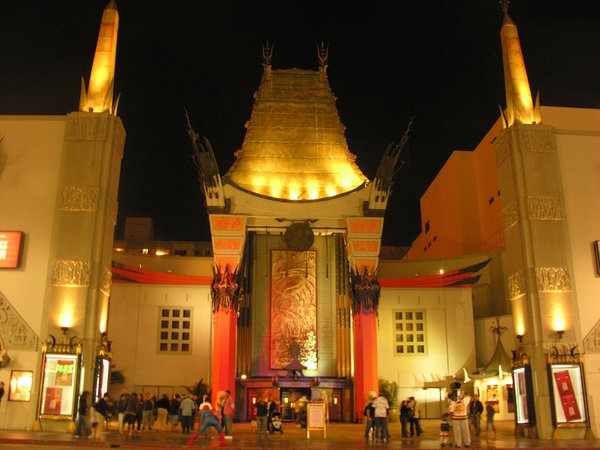
The thirteen story structure was most popularly known as one of the Metropolis backdrops for the Superman TV series.
El Capitan Theater
6838 Hollywood Boulevard.
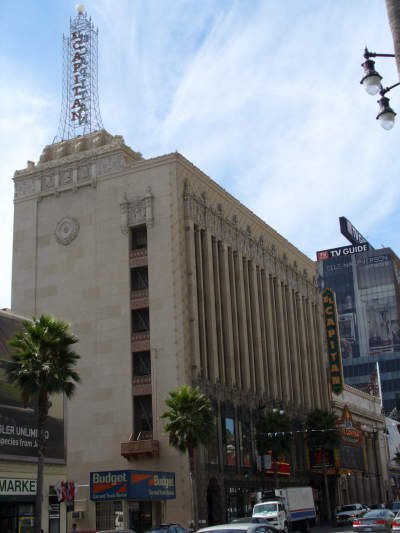
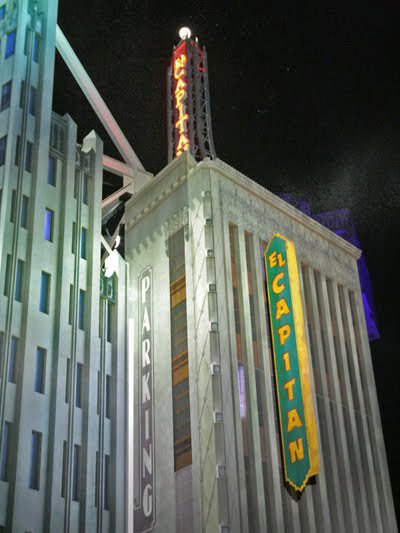
The El Capitan Theater opened in 1926 with a Spanish colonial exterior and an east Indian interior.
It was disused for some years until The Walt Disney Company bought and renovated it.
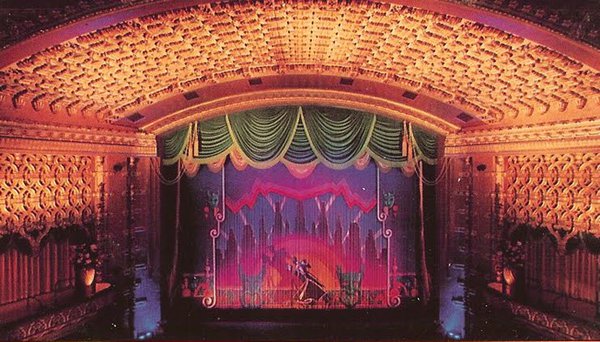
The Theater made its comeback in 1991 and since then has been a favorite premiere location of Disney films.
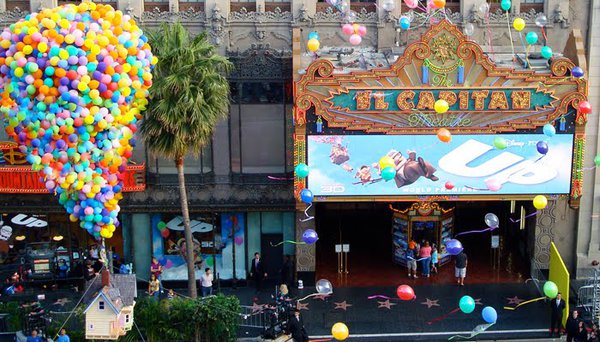
The refurbished theater features a a huge restored Wurlitzer organ from the 1920s, which blasts through 2,500 pipes on both sides of the theater.
Below the theater is a small exhibit space, often used to display props from the films, such as costumes or set pieces. Next door is the adjacent Disney's Soda Fountain and Studio Store.
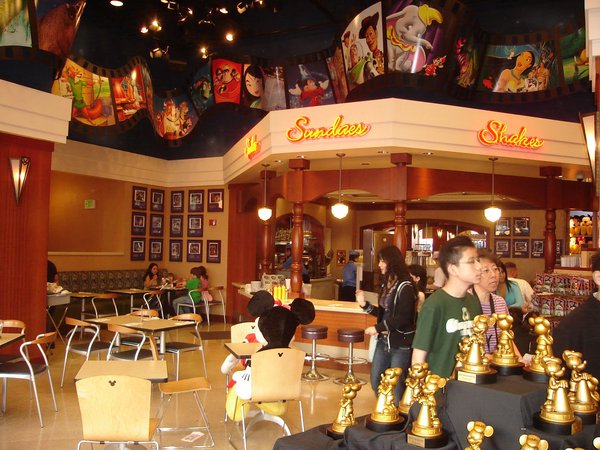
The Broadway Hollywood Department Store
1645 Vine Street.
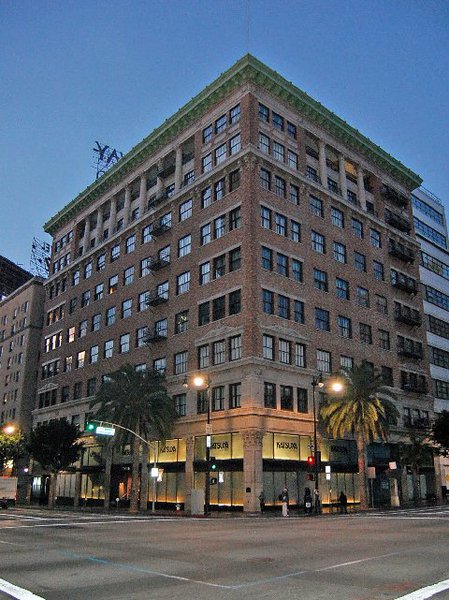
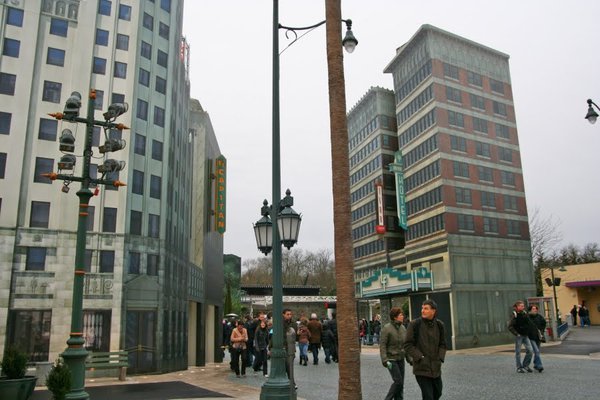
When The Broadway Hollywood Building first opened its doors in 1927, it was known as the B.H. Dyas Building, after the B.H. Dyas Specialty Emporium that it housed. One of Los Angeles first department stores and the first one in Hollywood, B.H. Dyas moved out at the onset of the Great Depression and the building was then leased by The Broadway Department Store.
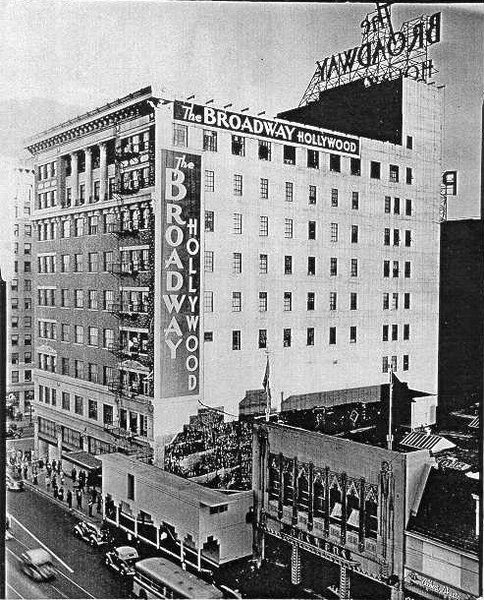
Known simply as The Broadway Hollywood, the Broadway Department Store quickly established a presence in the neighborhood, becoming a favorite shopping destination of L.A.'s rich and famous.
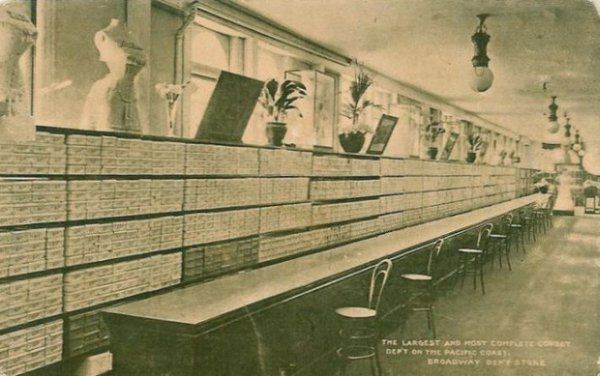
The Broadway Department Store closed its doors after more than 50 years of being a trend setter and fashion arbiter.The Broadway Hollywood Building now houses some of the hottest residential real estate in what has become Los Angeles hippest neighborhood.
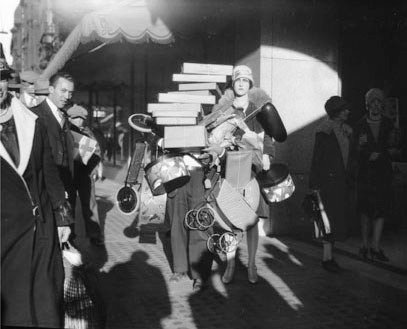
The Bullocks Wilshire Department Store
3050 Wilshire Boulevard.
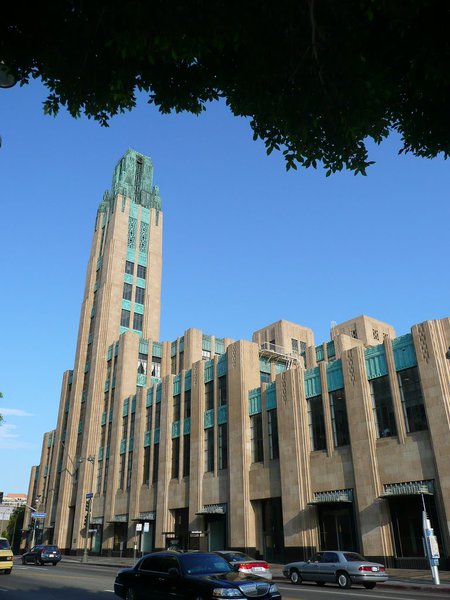
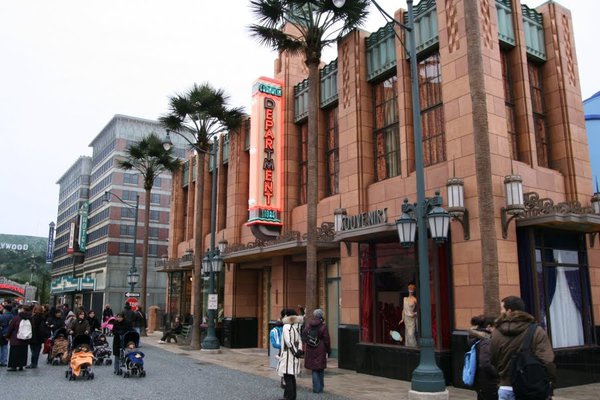
Designed in 1929 by renowned Los Angeles architects John and Donald Parkinson, the Bullocks Wilshire Building operated as a luxury department store for more than 60 years.
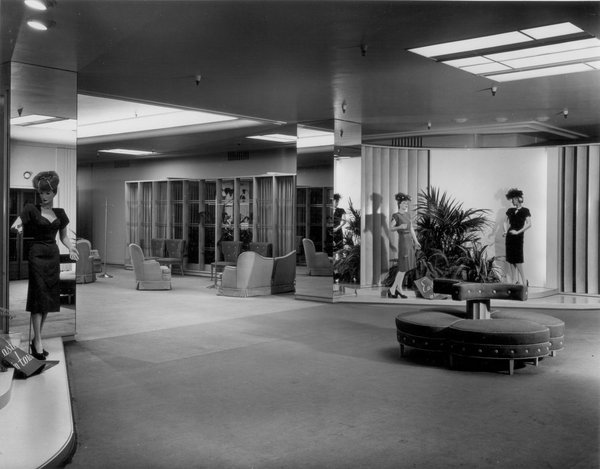
It was one of the first department stores in Los Angeles to cater to the burgeoning automobile culture.
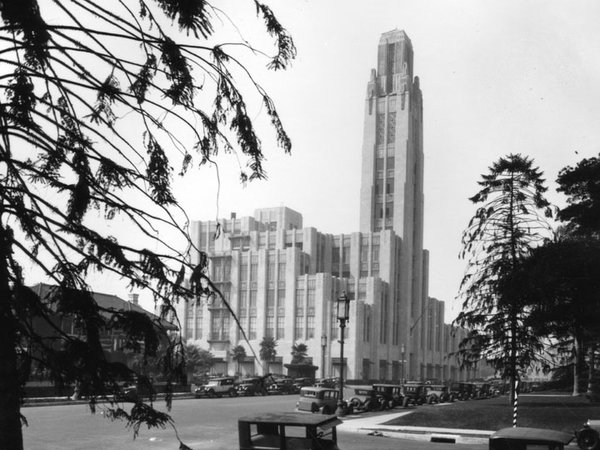
Since most customers would arrive by vehicle, the most appealing entrance faced the parking lot - or 'motor court' as the store insisted - not the boulevard. Under the city's first department store porte cochere, uniformed valets welcomed patrons and parked their cars.
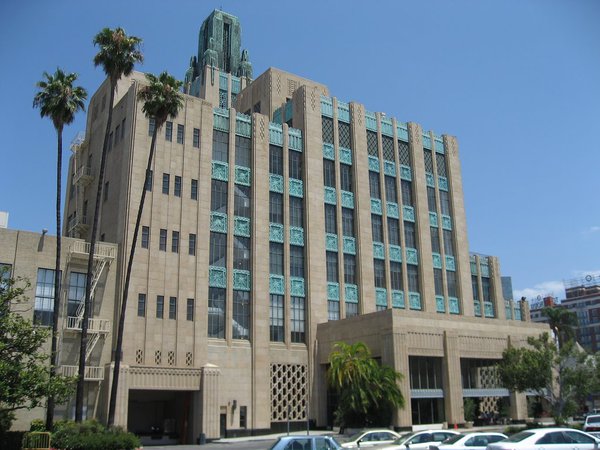
The porte cochere had a richly colored ceiling fresco depicting a brave new world of transportation: a Zeppelin, an airplane, a luxury steam liner - as well as Mercury, the winged god of commerce.
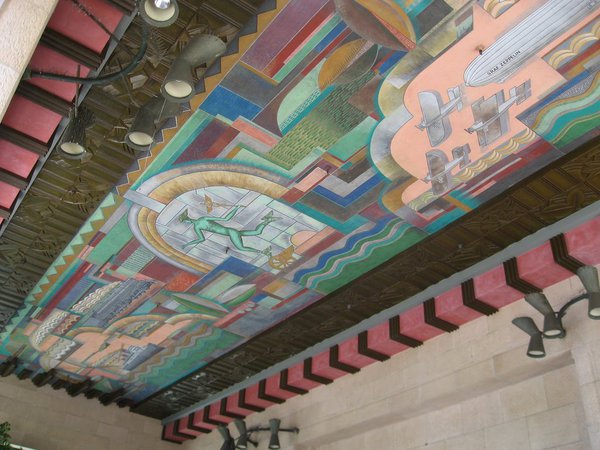
In 1994, the Southwestern Law School purchased the aging Art Deco structure, and set out to convert it into a dynamic academic venue, while retaining its historic character.
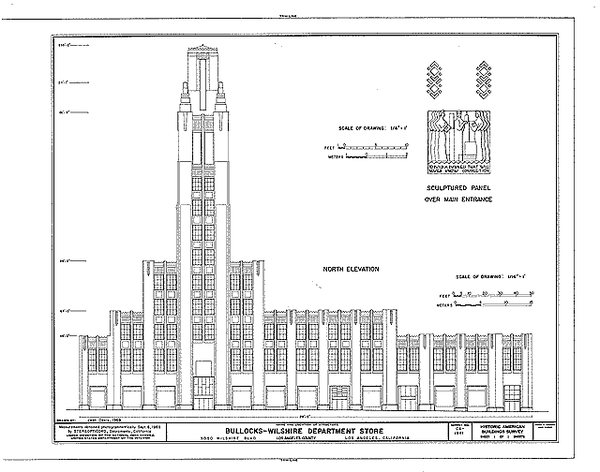
Various - Sign along 'Hollywood Boulevard'
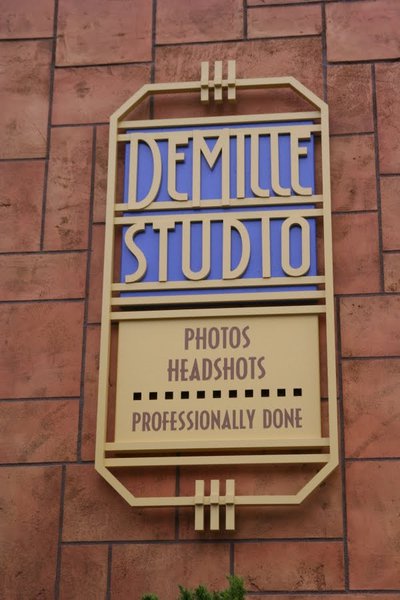
This sign refers to mister Cecil B. DeMille, a legendary American film director and Academy Award-winning film producer in both silent and sound films.
He was renowned for the flamboyance and showmanship of his movies. Among some of his most well-known films are 'The Ten Commandments' (1956) and 'Cleopatra' (1934).
Credits
Photos WDS: Alexandre Rosa
